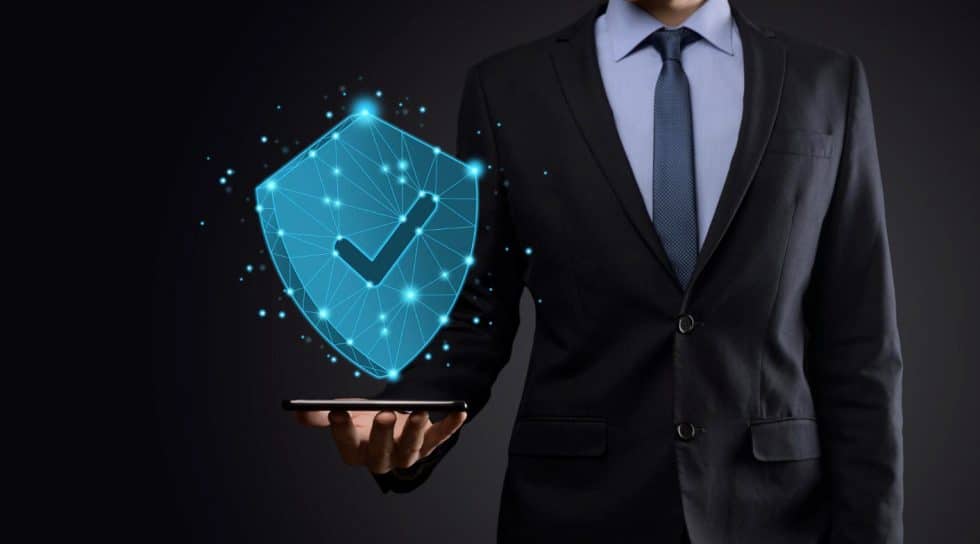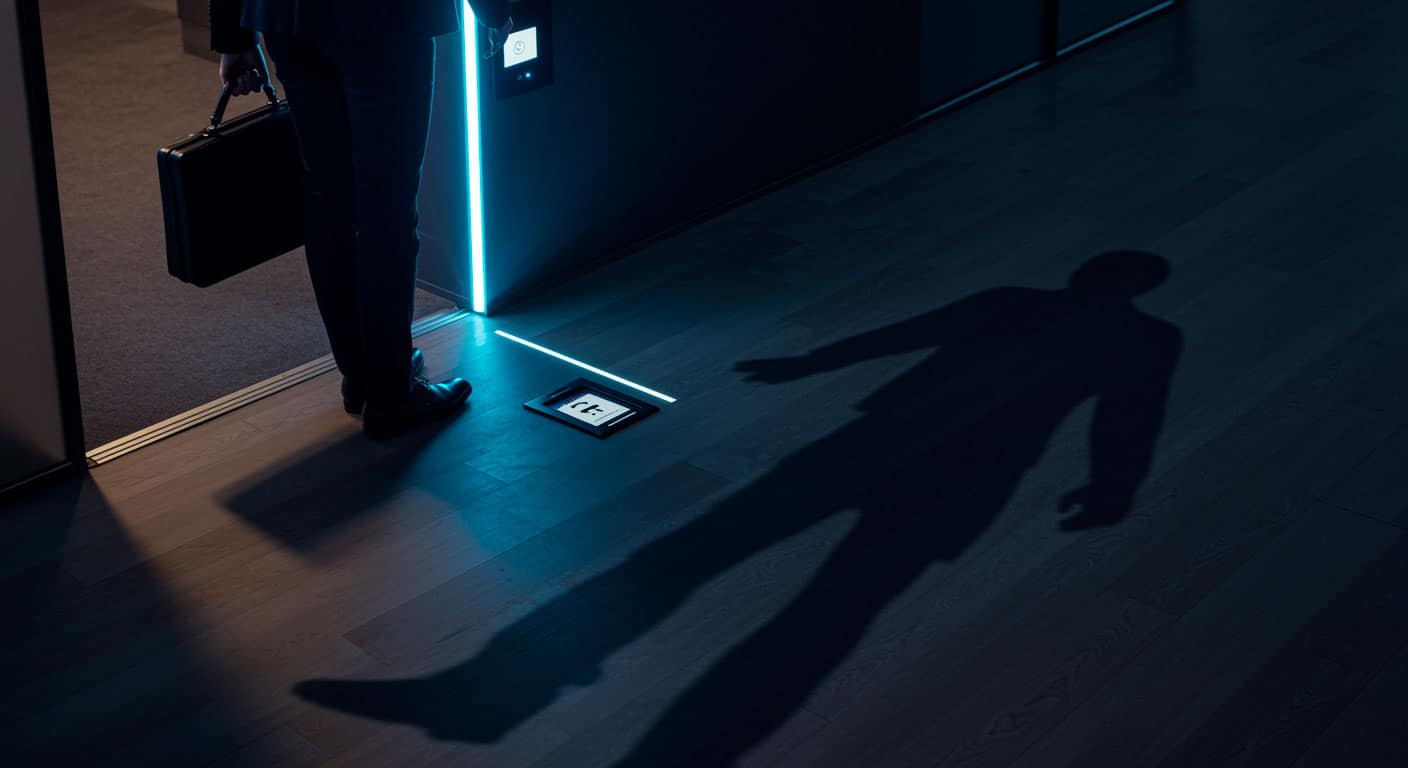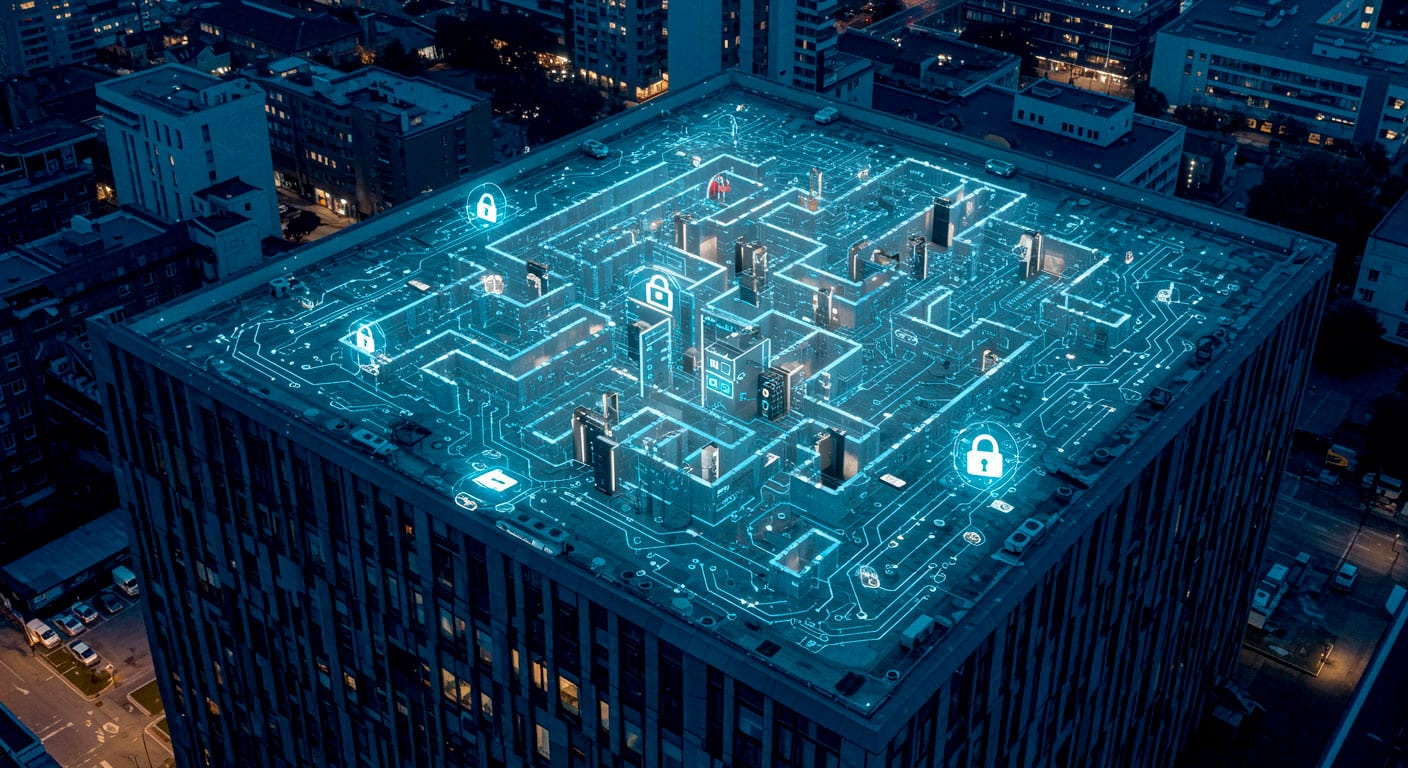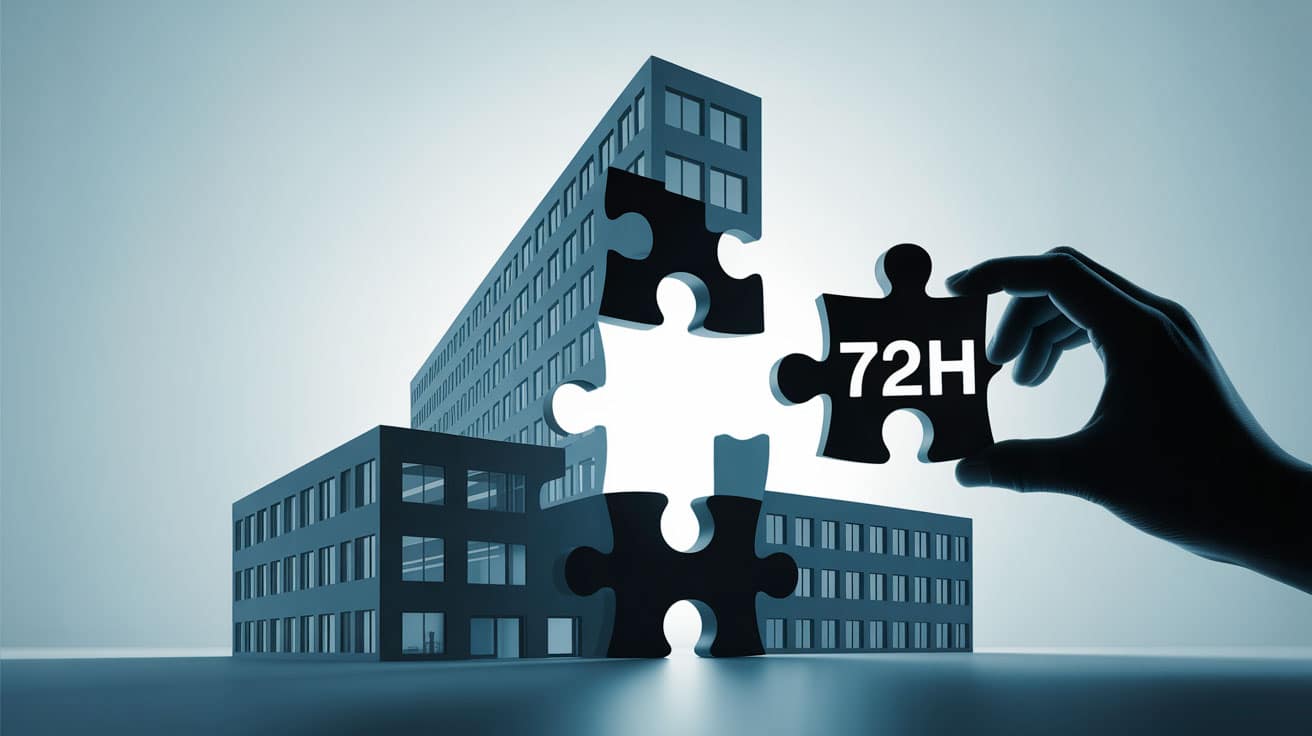Criteria and Key Differences
Physical security is a fundamental pillar for every business, but not all security service providers offer the same level of quality, reliability and integration.
Often, companies choose their partner based solely on the cost of service, overlooking crucial elements that can make the difference between a truly protected environment and a vulnerable one.
But what are the distinguishing factors among different physical security providers?
And how to choose the best one for one’s needs?
In this article we explore the key differences that should guide every company toward an informed and strategic choice.
1. Service Model: Integrated vs. Fragmented Approach
One of the first aspects to consider is the service model adopted by the provider.
- Fragmented approach:Many operators offer individual services such as security, video surveillance or access control without integration among them. This results in the need to coordinate multiple providers, with complex and often inefficient management.
- Integrated approach:Some providers adopt a strategy that combines multiple solutions into a single, centralized system. This approach allows for improved operational management, ensuring greater responsiveness in emergencies and a reduction in operating costs.
Why is it important?
A vendor with an integrated approach offers a broader view of corporate security, providing greater efficiency and reducing weaknesses in the protection system.
2. Provider Independence: Internal vs. Independent Network
Another distinguishing feature is the type of network the provider relies on.
- Closed network:Some providers work exclusively with a single security firm or their own in-house team, which can reduce the ability to tailor the service to the actual needs of the company.
- Independent network:Other operators select the best partners and institutions based on the client’s specific characteristics, providing greater flexibility in choosing the most effective solutions.
Why is this important?
An independent provider has more freedom in choosing security tools and teams, thus being able to guarantee a service that is more closely aligned with the client’s needs.
3. Quality of Service and SLA (Service Level Agreement).
Not all providers guarantee clear and measurable service levels.
- Providers without defined SLAs:Some providers do not specify minimum quality standards, making it difficult to monitor their efficiency over time.
- Suppliers with certified SLAs:The best suppliers contractually define performance indicators (response times, coverage levels, business continuity) and offer constant monitoring tools.
Why is this important?
Having clear and measurable SLAs enables the company to monitor the level of service received and ensure compliance with required security standards.
4. Service Customization: Standard vs. Tailored Solutions
A critical aspect in choosing a provider is the ability to customize the service.
- Standardized solutions:Some providers offer pre-packaged packages without tailoring them to specific customer needs. This can lead to ineffective security or unnecessary costs.
- Tailored solutions:The most advanced providers conduct a detailed risk analysis and design customized solutions, combining technology, personnel and operational strategies to ensure an optimal level of protection.
Why is it important?
Every company has different security needs. A tailored service ensures effective protection and cost optimization.
5. Technology and Innovation: Traditional Approach vs. Smart Solutions
Adoption of advanced technologies is another element that distinguishes providers.
- Traditional approach:Some providers still base their services solely on the physical presence of supervisory staff, without integration with digital tools.
- Advanced technology solutions:The most innovative vendors combine physical security with tools such as smart video surveillance, biometric access control, IoT sensors and real-time remote monitoring.
Why is it important?
The use of technology improves responsiveness and reduces the margin for human error, increasing safety effectiveness and optimizing operational costs.
6. Support and Assistance: Reactivity vs. Proactivity
Security management does not end with the installation of devices or the presence of personnel on site.
- Responsive providers:Some providers intervene only when a problem occurs, without prevention strategies.
- Proactive providers:The best providers offer continuous monitoring, data analysis, and predictive systems to prevent risks before they turn into emergencies.
Why is it important?
A proactive provider reduces the risk of critical events, improving the overall reliability of the security system.
How to Choose the Best Physical Security Provider?
To make an informed decision, each company should consider the following aspects:
- Integrated approachformore efficient management.
- Independence and flexibility to adapt to specific needs.
- Defined SLAs to ensure high standards of quality.
- Tailor-made solutions for a truly effective security system.
- Technological innovation, to reduce risk and optimize costs.
- Proactive management to prevent problems before they occur.
Conclusion
Choosing a physical security provider should not be based solely on price, but on a thorough evaluation of all the elements that guarantee a truly effective service. Investing in a competent and technologically advanced partner means better protecting your business, improving operational efficiency and reducing costs in the long run.
Have you ever considered these aspects when choosing your security provider? What were the main deciding factors? Share your experience in the comments!



